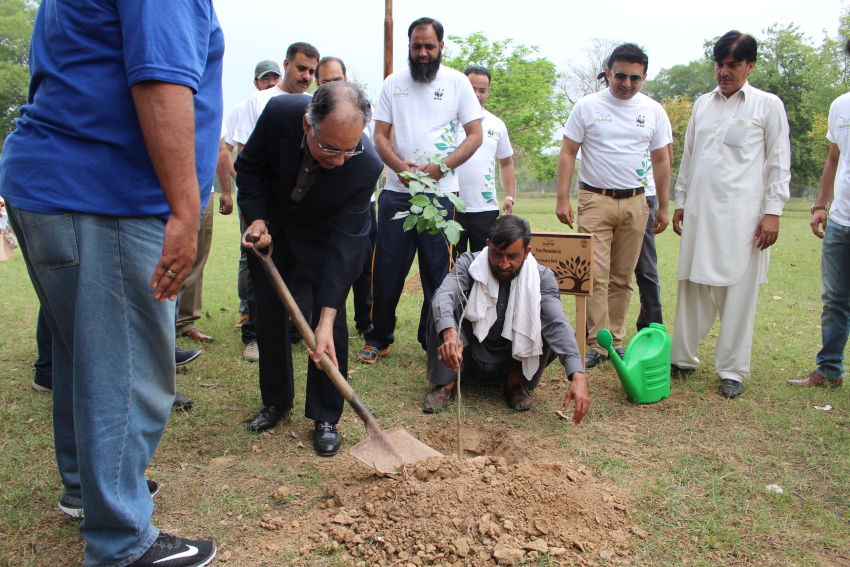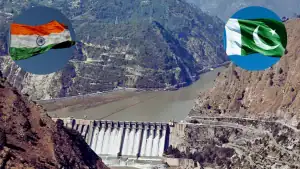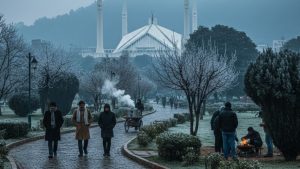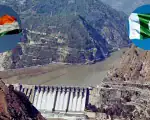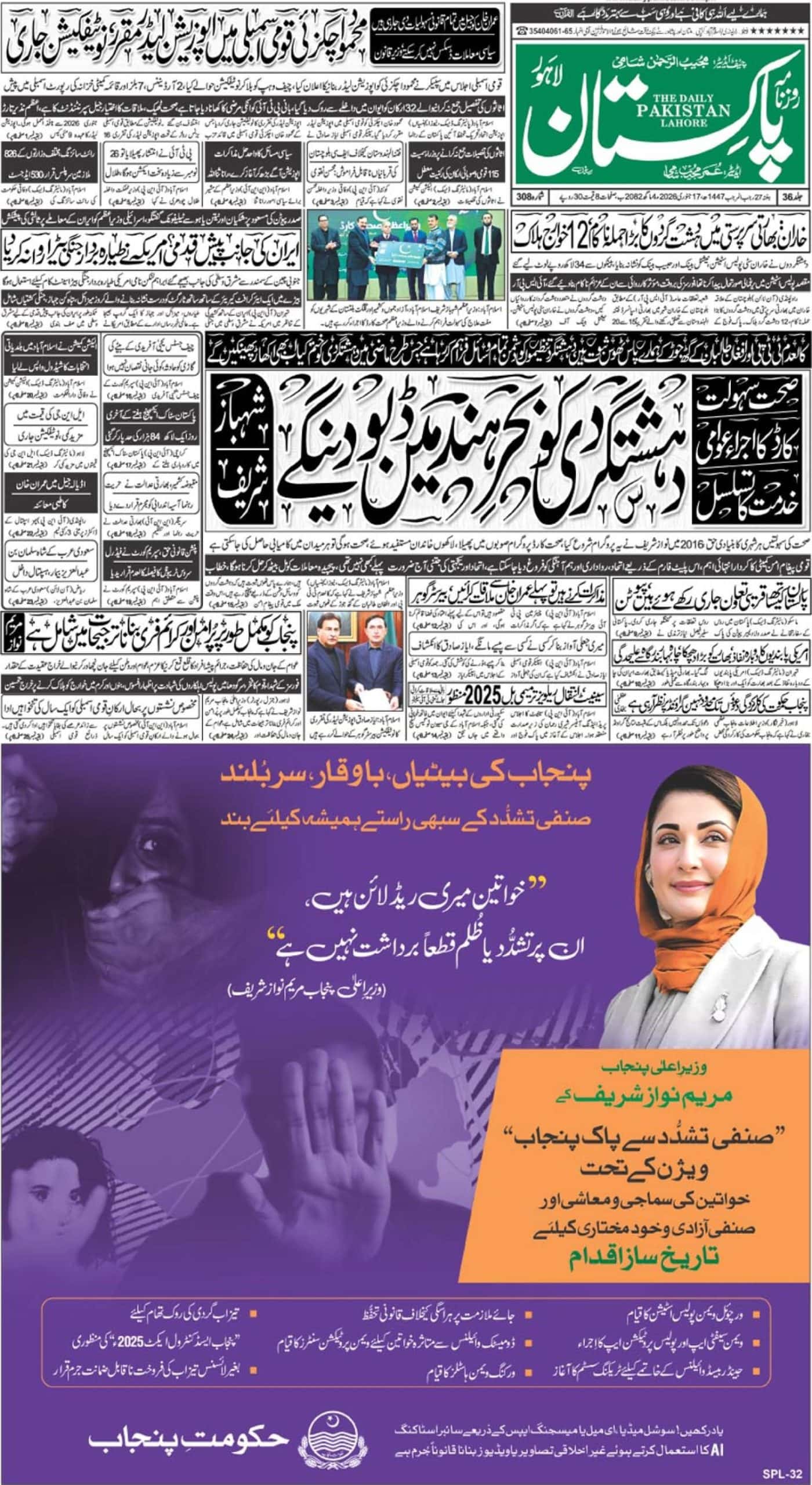ISLAMABAD – World Wide Fund for Nature-Pakistan (WWF-Pakistan) and Khushhali Microfinance Bank, in collaboration with the Capital Development Authority (CDA), launched a tree plantation drive as part of WWF-Pakistan’s Tree-A-Thon activity, ensuring more green cover in Islamabad and its adjoining areas.
WWF-Pakistan recently embarked in collaboration with Khushhali Microfinance to plant 2,500 indigenous trees across the city as a response to the substantial impact of climate change and sustainability challenges, such as watershed management and biodiversity loss.

The plantation drive was initiated with an activity held at Kachnar Park, Islamabad, where 70 employees of Khushhali Microfinance Bank planted 200 indigenous Kachnar species saplings. Staff members from WWF-Pakistan provided assistance during the activity and offered tips about identifying threats to trees once planted, as well as recommendations about the species best suited to the region.
WWF-Pakistan’s Senior Director Programmes Rab Nawaz informed the participants that WWF-Pakistan has worked tirelessly for the past many years to restore native habitats across the country. “Our organisation believes that we depend on indigenous trees for our survival. Planting and conserving indigenous trees improves the quality of our life by reducing air pollution, stabilises the quality of soil and helps in cleaning the aquifer by absorbing pollutants. Trees also help in reducing the heat island effect.”

Bank’s CEO Ghalib Nishtar, while expressing his desire to strengthen the collaboration with WWF-Pakistan, said, “We would like to go beyond this activity and extend our support to WWF-Pakistan in continuing with its noble mission of nature conservation and working towards achieving a sustainable and healthy environment.”

In the wake of new development projects and the mushroom growth of housing societies in and around the federal capital, the city is gradually losing one of its redeeming factors —the green cover.
By adding more greenery to the city, significant amounts of pollution and dust can be filtered out of the air fairly well and do some to limit the heat-trapping effects of local carbon dioxide emissions.(PR)

